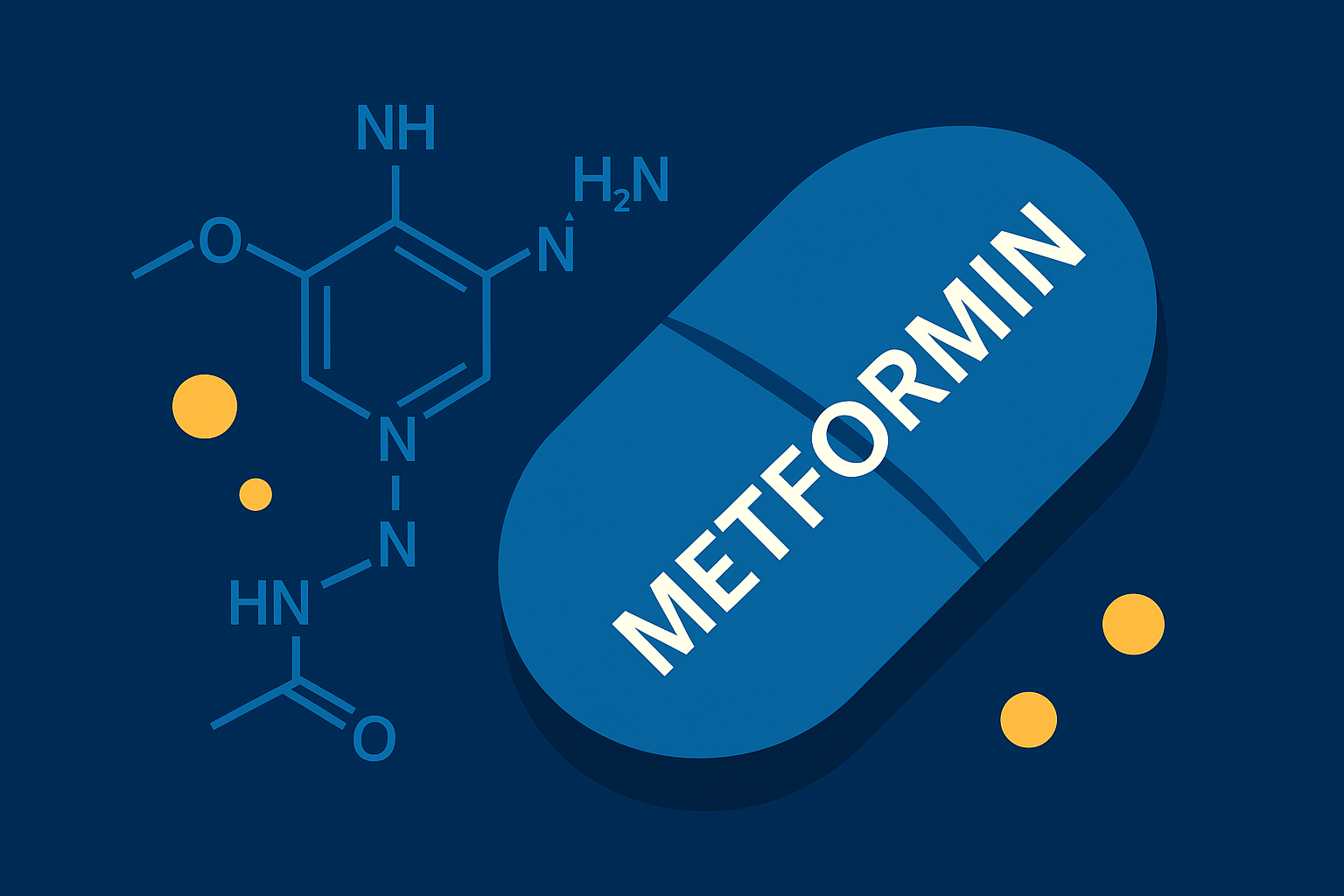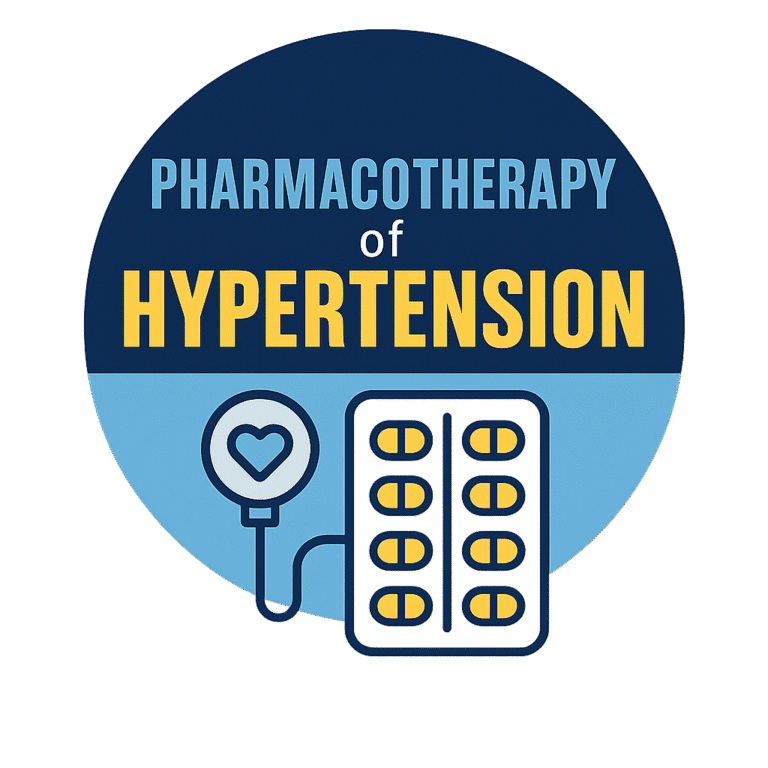Levodopa and Carbidopa
Levodopa (L-DOPA) is a metabolic precursor of dopamine. It restores dopaminergic neurotransmission in the brain by enhancing dopamine synthesis in surviving neurons of the substantia nigra.
In early Parkinson’s disease, enough neurons remain to convert levodopa into dopamine, providing consistent symptom relief.
Over time, as neuronal loss progresses, fewer cells convert levodopa, leading to motor fluctuations and “wearing-off” effects.


- Mechanism of action:
1. Levodopa
Dopamine itself does not cross the blood–brain barrier.
Levodopa, its precursor, enters the CNS and is converted into dopamine by dopa decarboxylase.
Without protection, much of levodopa is converted in the periphery, causing side effects such as:
Nausea and vomiting
Cardiac arrhythmias
Hypotension
2. Carbidopa
Carbidopa is a dopa decarboxylase inhibitor that prevents premature metabolism of levodopa in the periphery.
This increases the amount of levodopa reaching the CNS, making therapy more effective.
Benefits of combining Carbidopa with Levodopa:
Lowers the required levodopa dose by 4–5 times
Reduces side effects from peripheral dopamine conversion
Improves patient tolerance and symptom control
Clinical Uses of Levodopa and Carbidopa
Parkinson’s disease – first-line treatment for motor symptoms.
Parkinsonism after encephalitis or toxins.
Often used in combination formulations (e.g., Sinemet).
Side Effects and Considerations
While effective, long-term levodopa therapy may lead to:
Dyskinesias (involuntary movements)
Motor fluctuations (wearing-off, on-off effect)
Neuropsychiatric effects (hallucinations, confusion)
Regular dose adjustments and combination with other agents (e.g., COMT inhibitors, MAO-B inhibitors) may help manage these issues.
Conclusion
The combination of Levodopa and Carbidopa is the cornerstone of Parkinson’s disease treatment. By enhancing dopamine levels in the brain while reducing peripheral side effects, it provides powerful relief for patients while improving quality of life.





